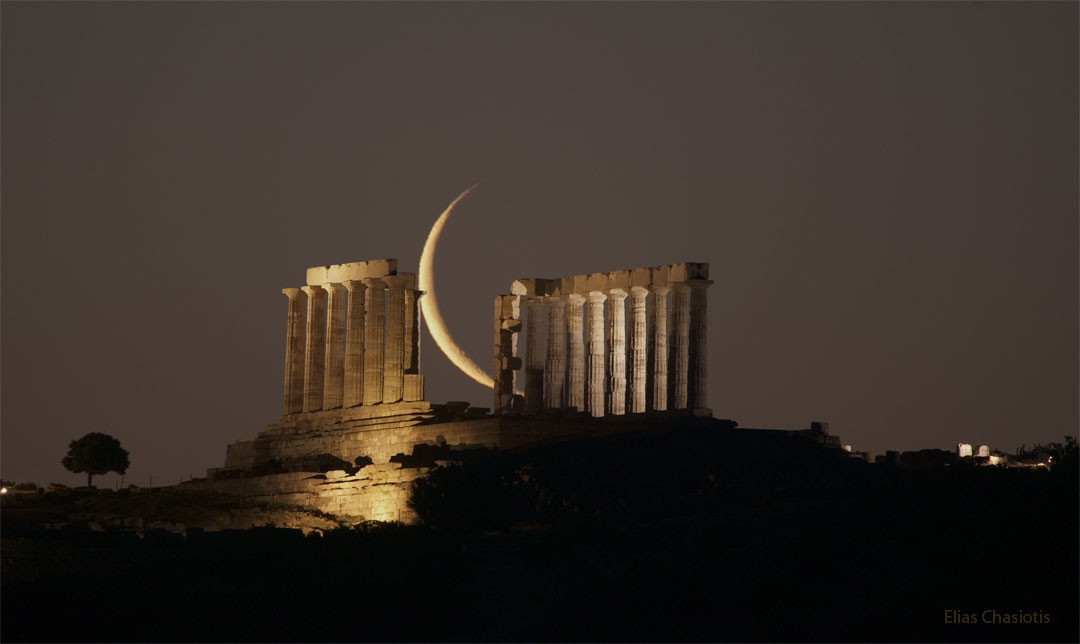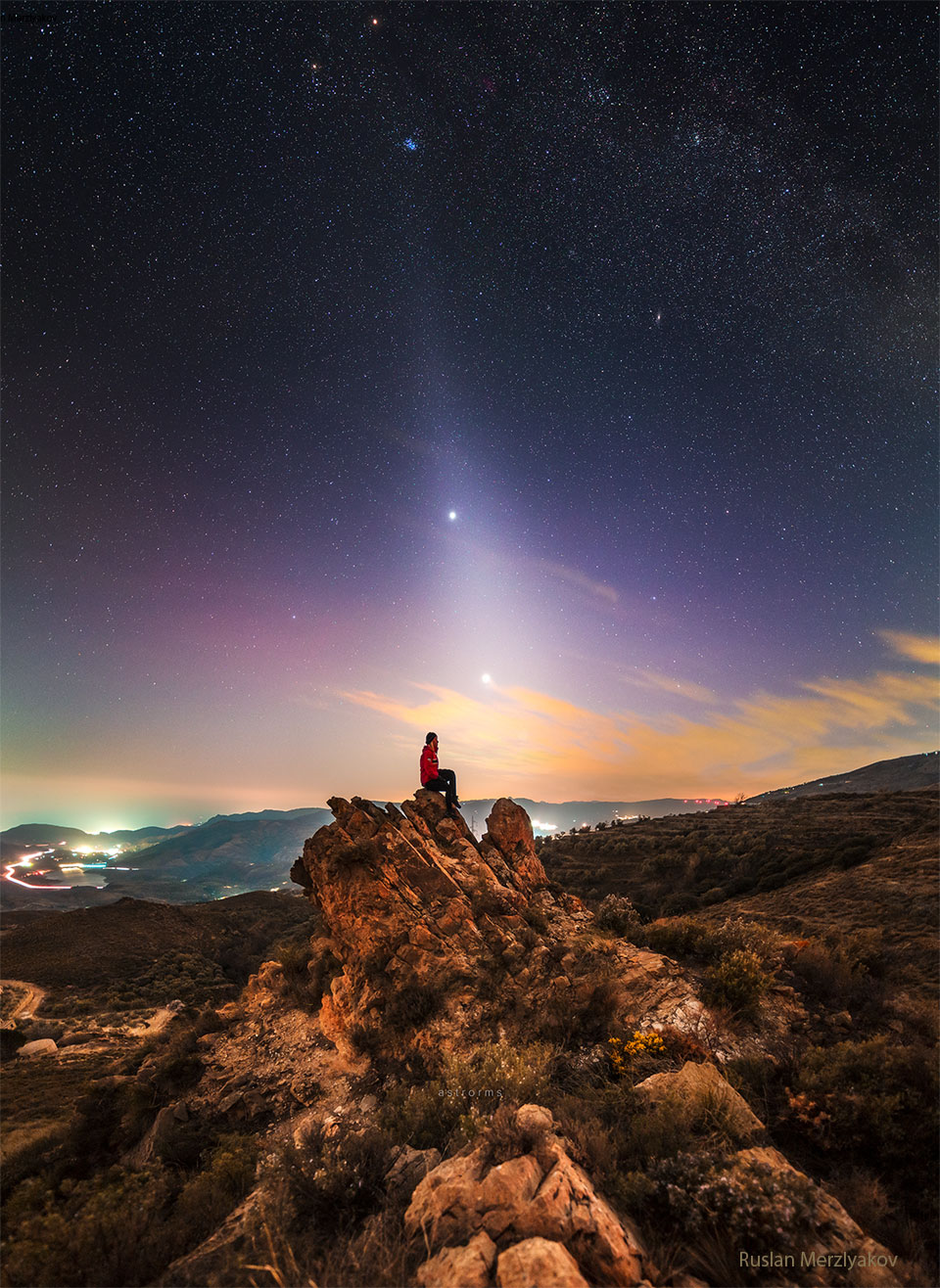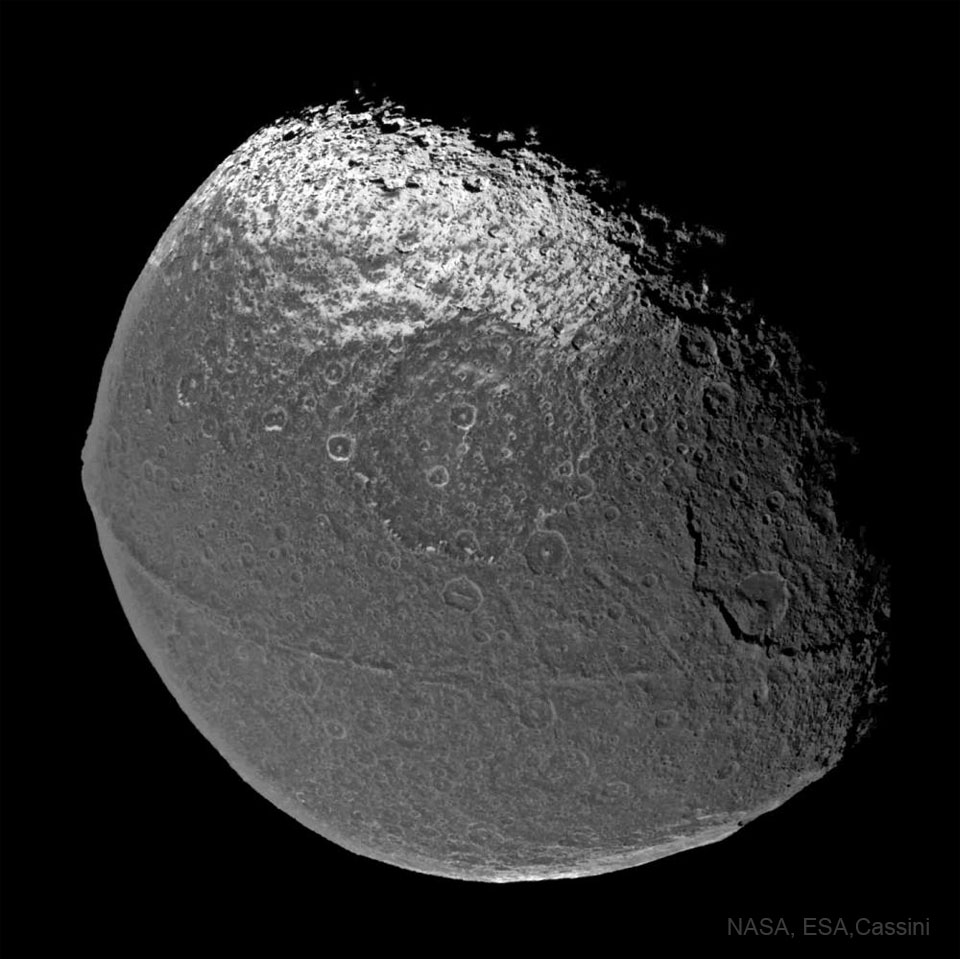Month: February 2023
MediaLink via /r/MusicNews RedditLink
Nature quote of the day
“Self-defence is Nature’s eldest law.” – John Dryden
Art Quote of the Day
“Painting is a source of endless pleasure, but also of great anguish.” – Balthus
The crescent

Why is a thin crescent moon never seen far from a horizon? Because the only geometry that gives a thin crescent lunar phase occurs when the Moon appears close to the Sun in the sky. The crescent is not caused by the shadow of the Earth, but by seeing only a small part of the Moon directly illuminated by the Sun. Moreover, the thickest part of the crescent always occurs in the direction of the Sun. In the evening, a thin crescent Moon will set shortly after the Sun and not be seen for the rest of the night. Alternatively, in the morning, a crescent Moon will rise shortly before the Sun after not being seen for most of the night. Pictured two weeks ago, a crescent moon was captured near the horizon, just before sunrise, far behind remnants of the ancient Temple of Poseidon in Greece. via NASA https://ift.tt/n1g73m9
AM Snow Showers today!

AM Snow Showers today! With a high of 5C and a low of 5C.
72 Humidity.
-3 C currently.
19 Km/h Wind from
Northeast.
72 Humidity.
-3 C currently.
19 Km/h Wind from
Northeast.
Daily dose of rhymes – 2023-02-28
The Struts Release Acoustic Version Of “Pretty Vicious”!

MediaLink via /r/MusicNews RedditLink
28-02–2023 Udemy 100% Off Coupons, Coupons might expire anytime, so enroll as soon as possible to get the courses for FREE
Bye-bye American pie: high price of visas keeps British musicians off US tours
MediaLink via /r/MusicNews RedditLink
Art Quote of the Day
“I paint as if I were Rothschild.” – Paul Cezanne
Nature quote of the day
“The Sun, Moon and Stars are there to guide us.” – Dennis Banks
Zodiacal light

What’s causing that unusual ray of light extending from the horizon? Dust orbiting the Sun. At certain times of the year, a band of sun-reflecting dust from the inner Solar System appears prominently after sunset or before sunrise and is called zodiacal light. The dust was emitted mostly from faint Jupiter-family comets and slowly spirals into the Sun. The featured HDR image, acquired in mid-February from the Sierra Nevada National Park in Spain, captures the glowing band of zodiacal light going right in front of the bright evening planets Jupiter (upper) and Venus (lower). Emitted from well behind the zodiacal light is a dark night sky that prominently includes the Pleiades star cluster. Jupiter and Venus are slowly switching places in the evening sky, and just in the next few days nearing their closest angular approach. via NASA https://ift.tt/6tVhLuI
Mostly Sunny today!

Mostly Sunny today! With a high of 3C and a low of 3C.
77 Humidity.
-3 C currently.
23 Km/h Wind from
Northeast.
77 Humidity.
-3 C currently.
23 Km/h Wind from
Northeast.
Daily dose of rhymes – 2023-02-27
27-02–2023 Udemy 100% Off Coupons, Coupons might expire anytime, so enroll as soon as possible to get the courses for FREE
Art Quote of the Day
“With color one obtains an energy that seems to stem from witchcraft.” – Henri Matisse
Nature quote of the day
“Consider what each soil will bear, and what each refuses.” – Virgil
Iapetus

What would make a moon look like a walnut? A strange ridge that circles Saturn’s moon Iapetus’s equator, visible near the bottom of the featured image, makes it appear similar to a popular edible nut. The origin of the ridge remains unknown, though, with hypotheses including ice that welled up from below, a ring that crashed down from above, and structure left over from its formation perhaps 100 million years ago. Also strange is that about half of Iapetus is so dark that it can nearly disappear when viewed from Earth, while the rest is, reflectively, quite bright. Observations show that the degree of darkness of the terrain is strangely uniform, as if a dark coating was somehow recently applied to an ancient and highly cratered surface. Last, several large impact basins occur around Iapetus, with a 400-kilometer wide crater visible near the image center, surrounded by deep cliffs that drop sharply to the crater floor. The featured image was taken by the Saturn-orbiting Cassini spacecraft during a flyby of Iapetus at the end of 2004. via NASA https://ift.tt/0TjE4Q9
Snow Showers today!

Snow Showers today! With a high of 3C and a low of 3C.
80 Humidity.
-4 C currently.
11 Km/h Wind from
Northeast.
80 Humidity.
-4 C currently.
11 Km/h Wind from
Northeast.


